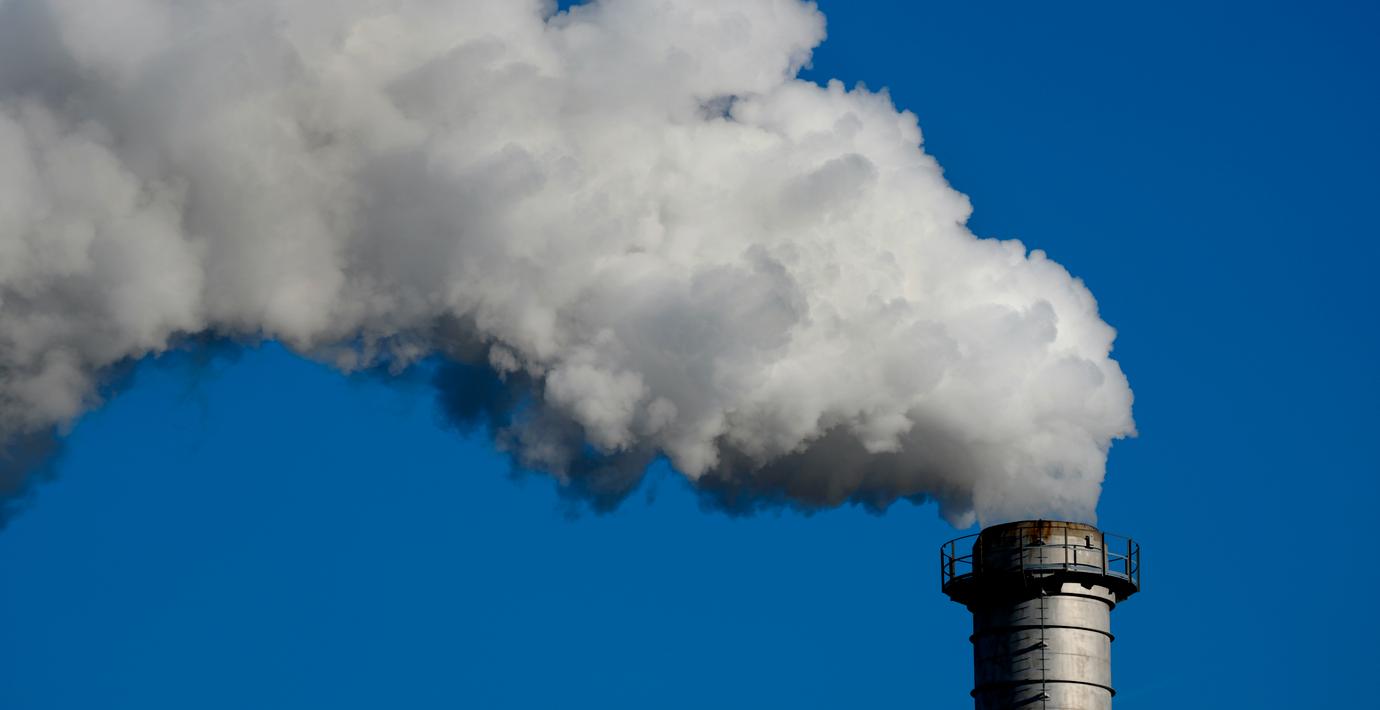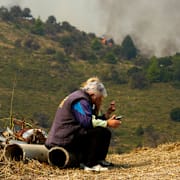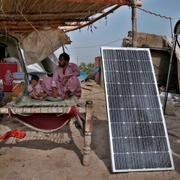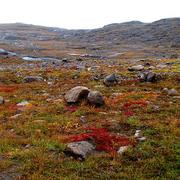
Satelliter visar: Utsläppen kan vara tio procent större
Utsläppen av växthusgaser kan vara tio procent större globalt än vad som rapporteras av länderna, visar satelliter enligt den franske klimatforskaren Philippe Ciais. Det rapporterar Ekot.
Men satelliterna fångar endast upp de större utsläppen av metan och koldioxid, vilket innebär att de missar de mindre. Räknar man med alla utsläppen, inte bara de så kallade ultraläckorna, kan det handla om tjugo procent mer, menar Ciais.
bakgrund
Copernicus
Wikipedia (en)
Copernicus is the European Union's Earth observation programme coordinated and managed for the European Commission by the European Union Agency for the Space Programme in partnership with the European Space Agency (ESA), the EU Member States.It aims at achieving a global, continuous, autonomous, high quality, wide range Earth observation capacity. Providing accurate, timely and easily accessible information to, among other things, improve the management of the environment, understand and mitigate the effects of climate change, and ensure civil security.The objective is to use vast amount of global data from satellites and from ground-based, airborne and seaborne measurement systems to produce timely and quality information, services and knowledge, and to provide autonomous and independent access to information in the domains of environment and security on a global level in order to help service providers, public authorities and other international organizations improve the quality of life for the citizens of Europe. In other words, it pulls together all the information obtained by the Copernicus environmental satellites, air and ground stations and sensors to provide a comprehensive picture of the "health" of Earth.
One of the benefits of the Copernicus programme is that the data and information produced in the framework of Copernicus are made available free-of-charge to all its users and the public, thus allowing downstream services to be developed.
The services offered by Copernicus cover six main interacting themes: atmosphere, marine, land, climate, emergency and security.Copernicus builds upon three components:
The space component (observation satellites and associated ground segment with missions observing land, atmospheric and oceanographic parameters). This comprises two types of satellite missions, ESA's five families of dedicated Sentinel (space missions) and missions from other space agencies, called Contributing Missions;
In-situ measurements (ground-based and airborne data-gathering networks providing information on oceans, continental surface and atmosphere);
Services developed and managed by Copernicus and offered to its users and public in general.It was named after the scientist and observer Nicolaus Copernicus. Copernicus' theory of the heliocentric universe made a pioneering contribution to modern science.Its costs during 1998 to 2020 are estimated at €6.7 billion with around €4.3 billion spent in the period 2014 to 2020 and shared between the EU (67%) and ESA (33%) with benefits of the data to the EU economy estimated at €30 billion through 2030. ESA as a main partner has performed much of the design and oversees and co-funds the development of Sentinel missions 1, 2, 3, 4, 5 and 6 with each Sentinel mission consisting of at least 2 satellites and some, such as Sentinel 1, consisting of 4 satellites. They will also provide the instruments for Meteosat Third Generation and MetOp-SG weather satellites of EUMETSAT where ESA and EUMETSAT will also coordinate the delivery of data from upwards of 30 satellites that form the contributing satellite missions to Copernicus.
Omni är politiskt obundna och oberoende. Vi strävar efter att ge fler perspektiv på nyheterna. Har du frågor eller synpunkter kring vår rapportering? Kontakta redaktionen



